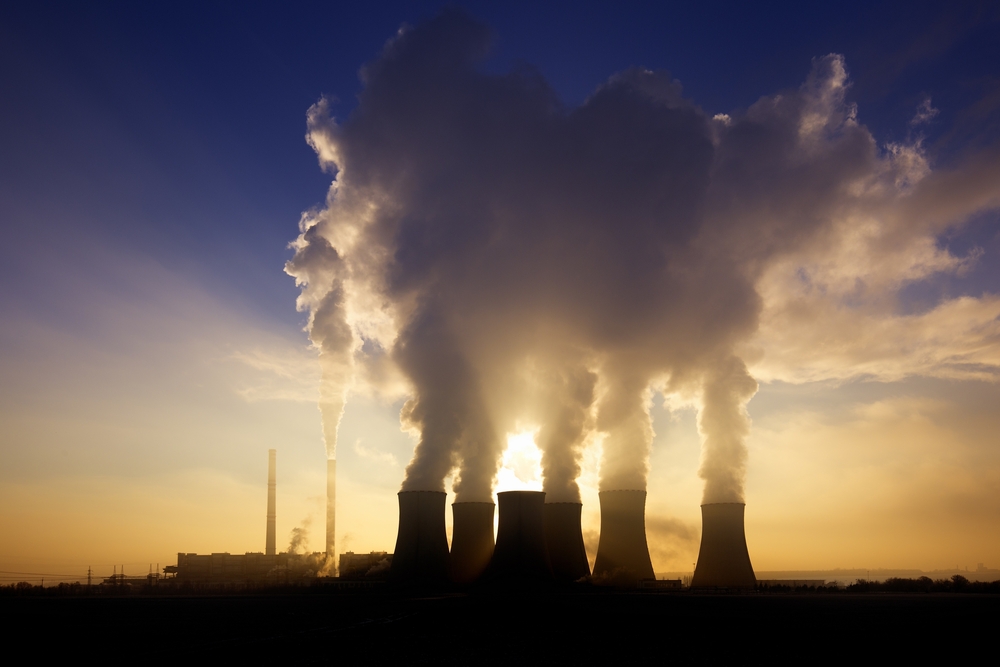AES announces goals to reduce coal-fired generation

AES Corp. achieved many of its key strategic goals in 2019, including its commitment to reducing its use of coal-fired generation, the firm reported in its year-end 2019 earnings report.
AES is well on its way to its goal of reducing its coal-fired power generation below 30 percent of total volume by the end of 2020. The company is committed to reducing it to less than 10 percent by the end of 2030.
“We are leading the global energy transition by completing 2.2 GW of new projects, adding 2.8 GW to our backlog, and expanding our LNG infrastructure in the Dominican Republic, Panama, and Vietnam. At the same time, we are delivering innovative energy solutions through Fluence, Uplight, and a strategic partnership with Google. As a result, today we are announcing that we are accelerating our decarbonization goals for the Company and will aim to reduce our coal-fired generation to below 30 percent of total MWh by year-end 2020 and to less than 10 percent by 2030,” Andrés Gluski, AES president and CEO said in the earnings release.
Last year, the company signed 2,798 MW of renewable power under long-term power purchase agreements (PPA) and had 1,130 MW of solar and solar plus storage in the U.S. This storage mix includes 665 MW at sPower; 365 MW at AES Distributed Energy; 884 MW of wind and solar at AES Gener in Chile and Colombia; 434 MW of wind and solar in Mexico, the Dominican Republic and Panama; and 331 MW of wind and solar at AES Tiete in Brazil.
Further, AES finalized a joint venture in the Dominican Republic to increase its LNG storage capacity by 50 TBTU and got approval from the Government of Vietnam to develop the 2.2 GW Son My 2 combined cycle gas turbine (CCGT) power plant.
Also, the 10-year strategic alliance with Google is to develop and implement solutions to enable the broad adoption of clean energy. Overall, the company has invested in various innovative solutions and positioned itself to benefit from the global transition toward a more sustainable power generation mix.
